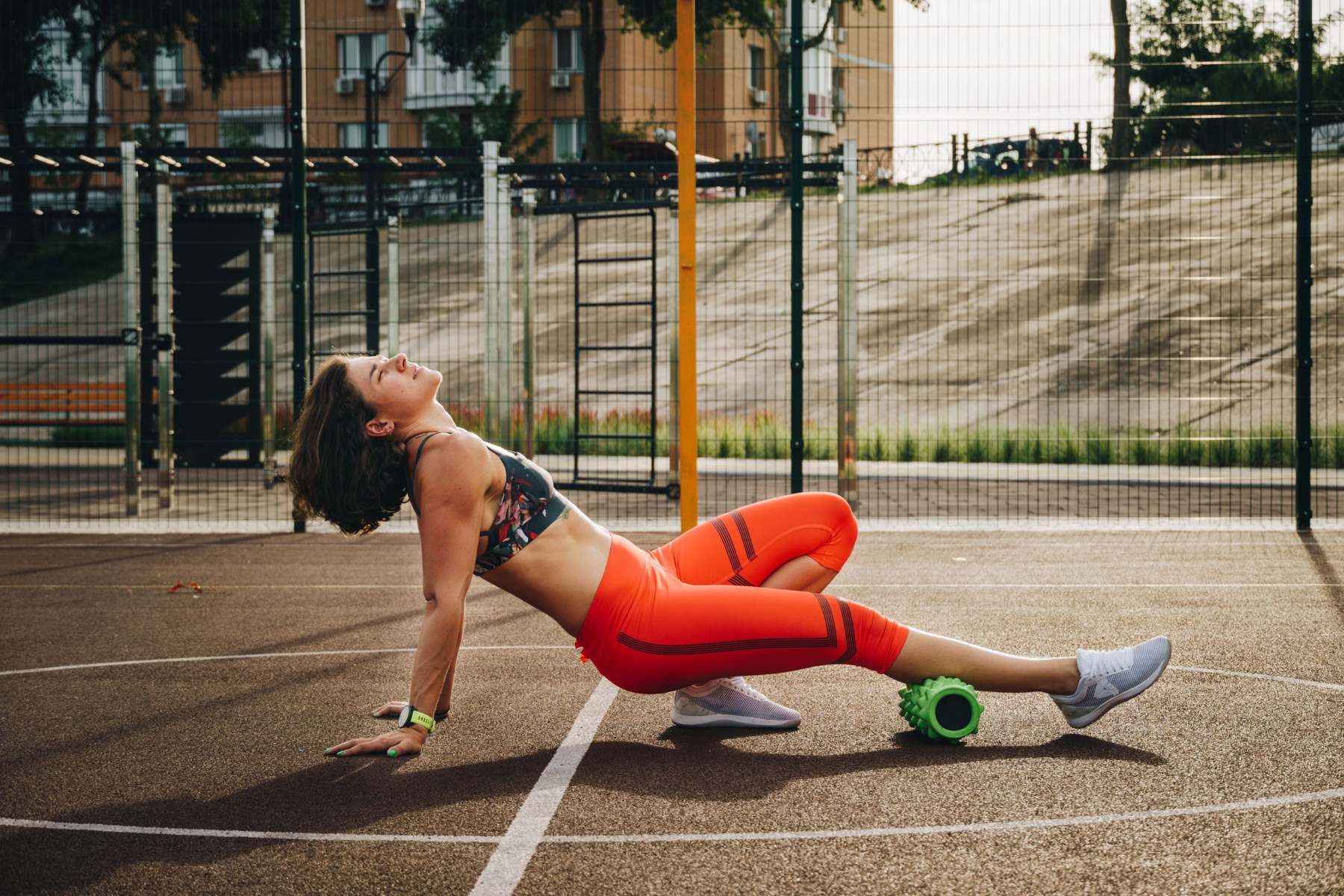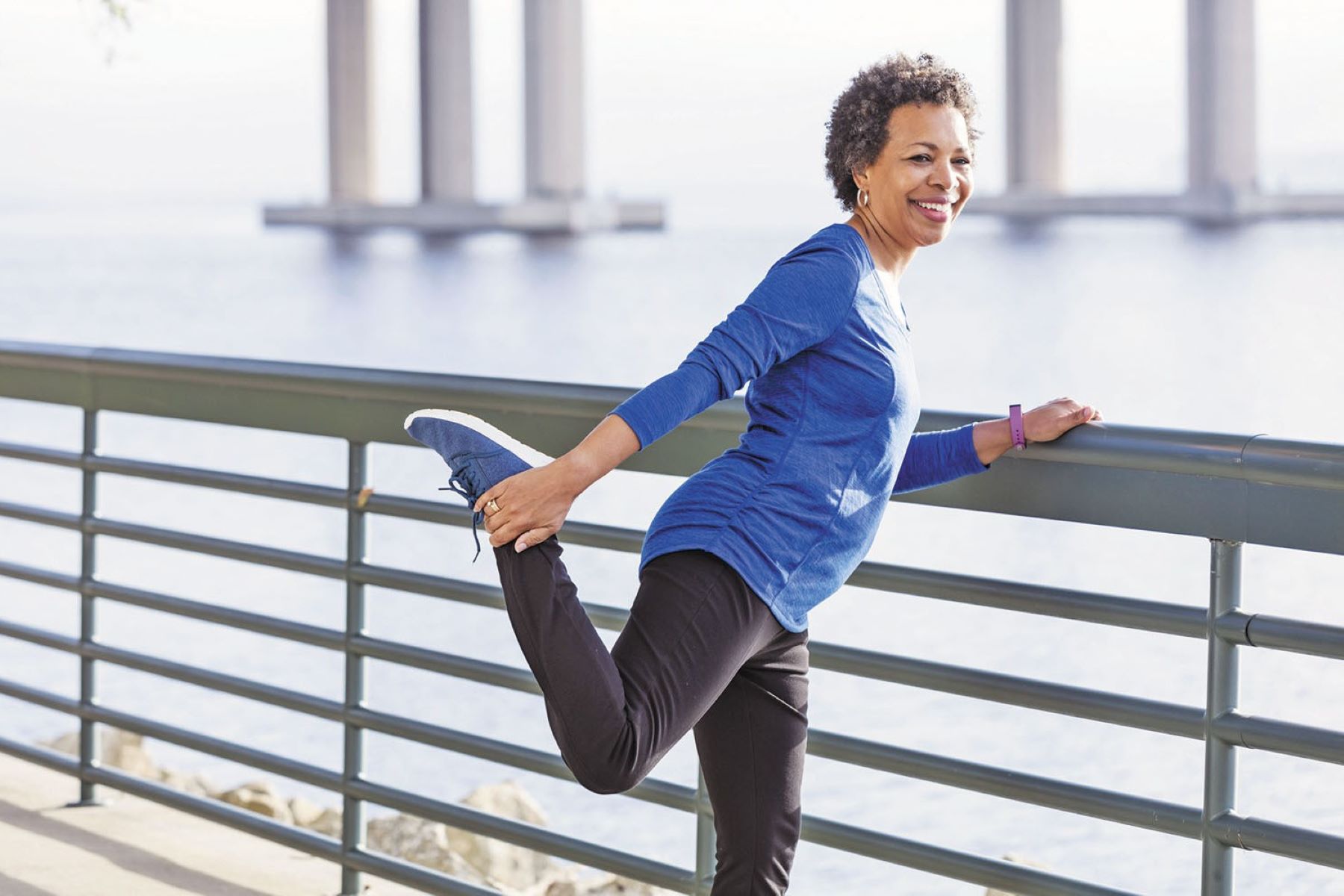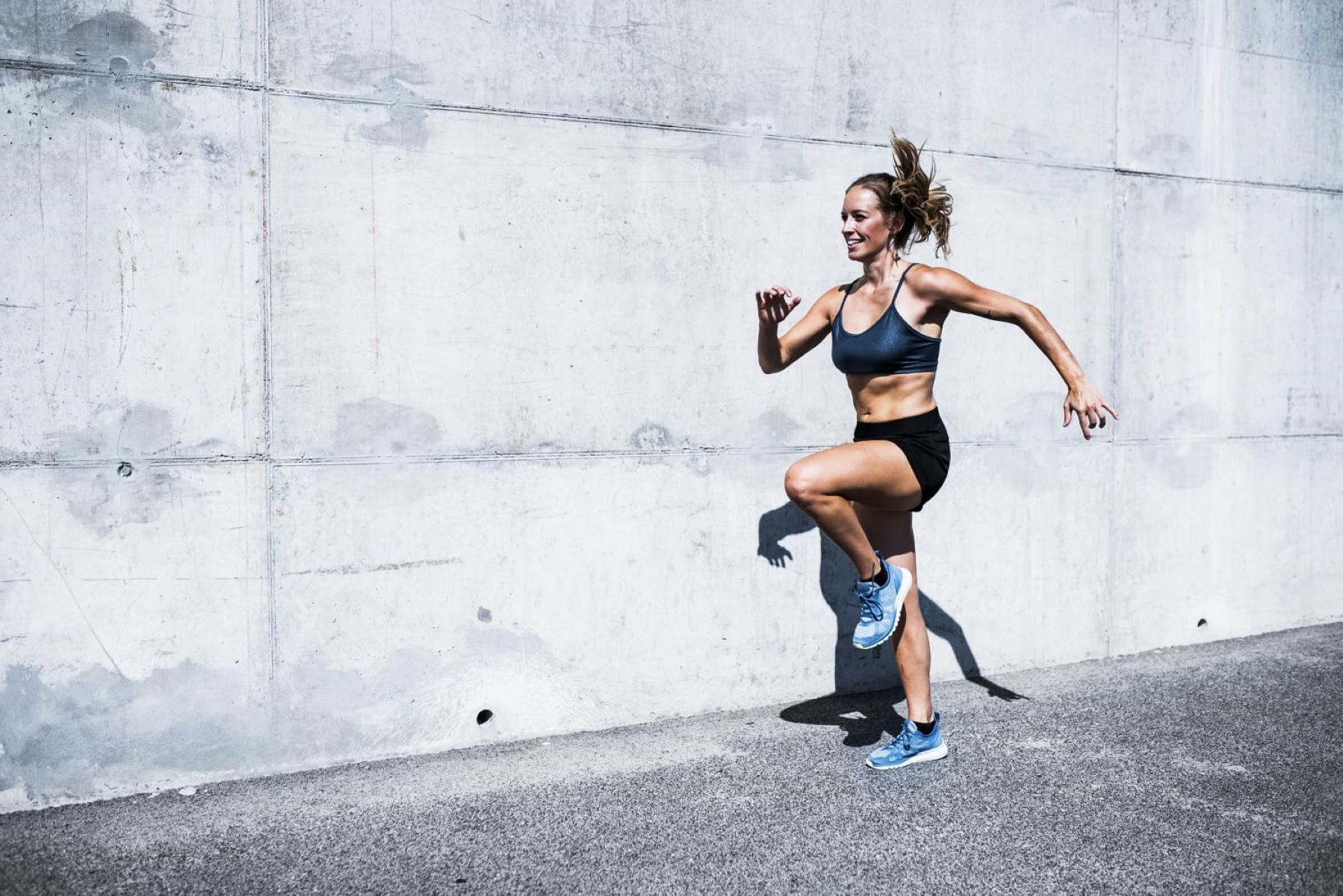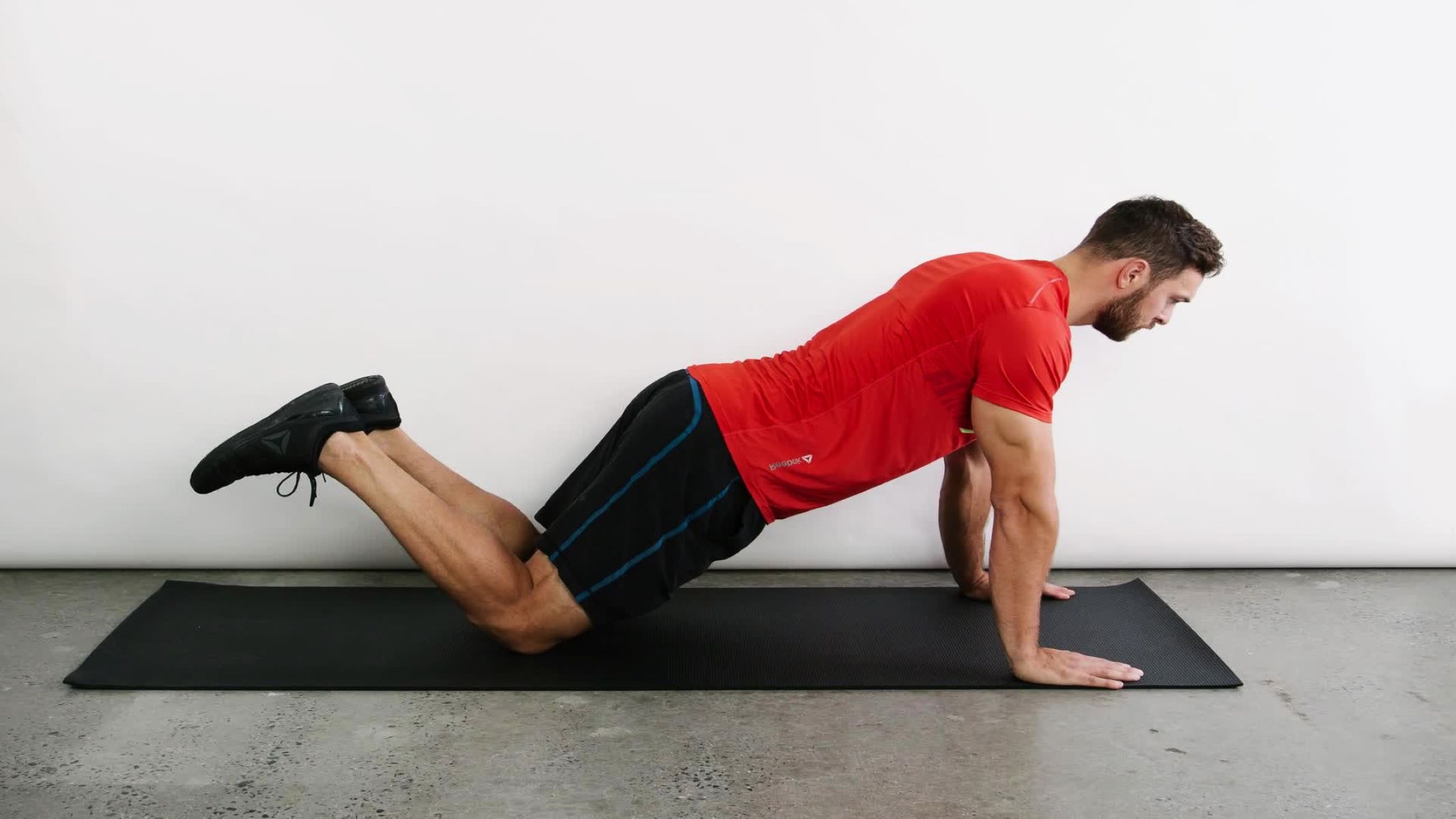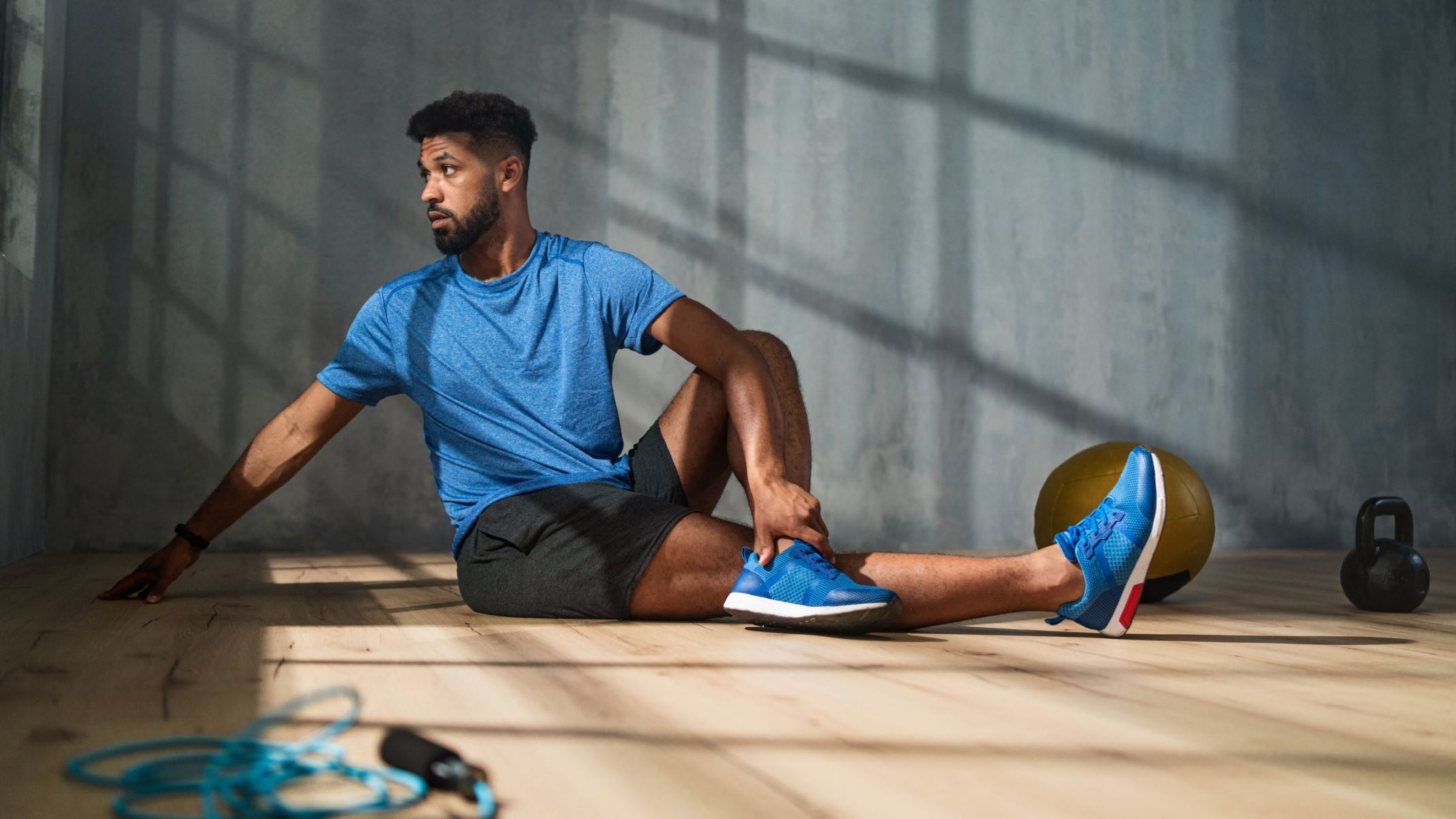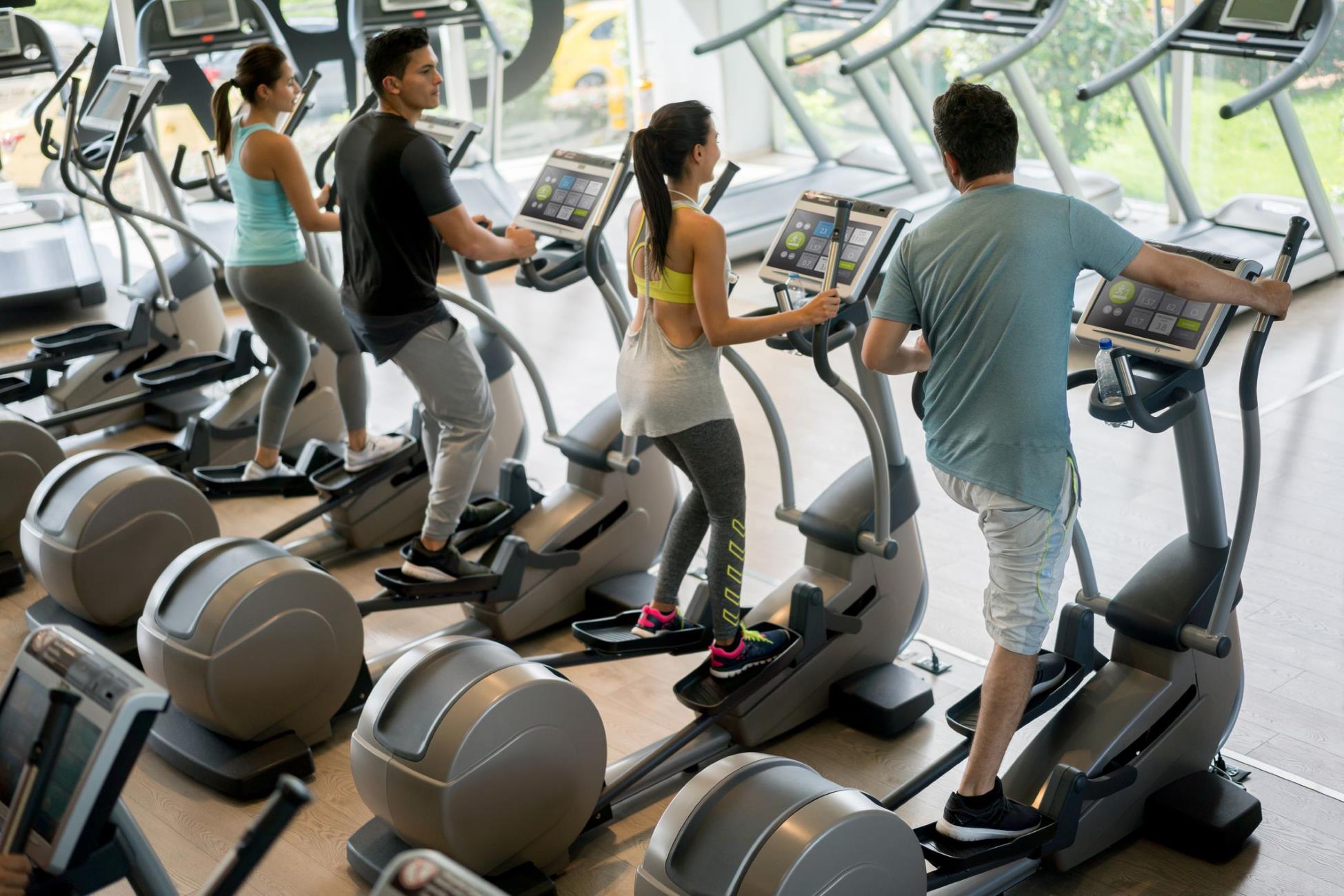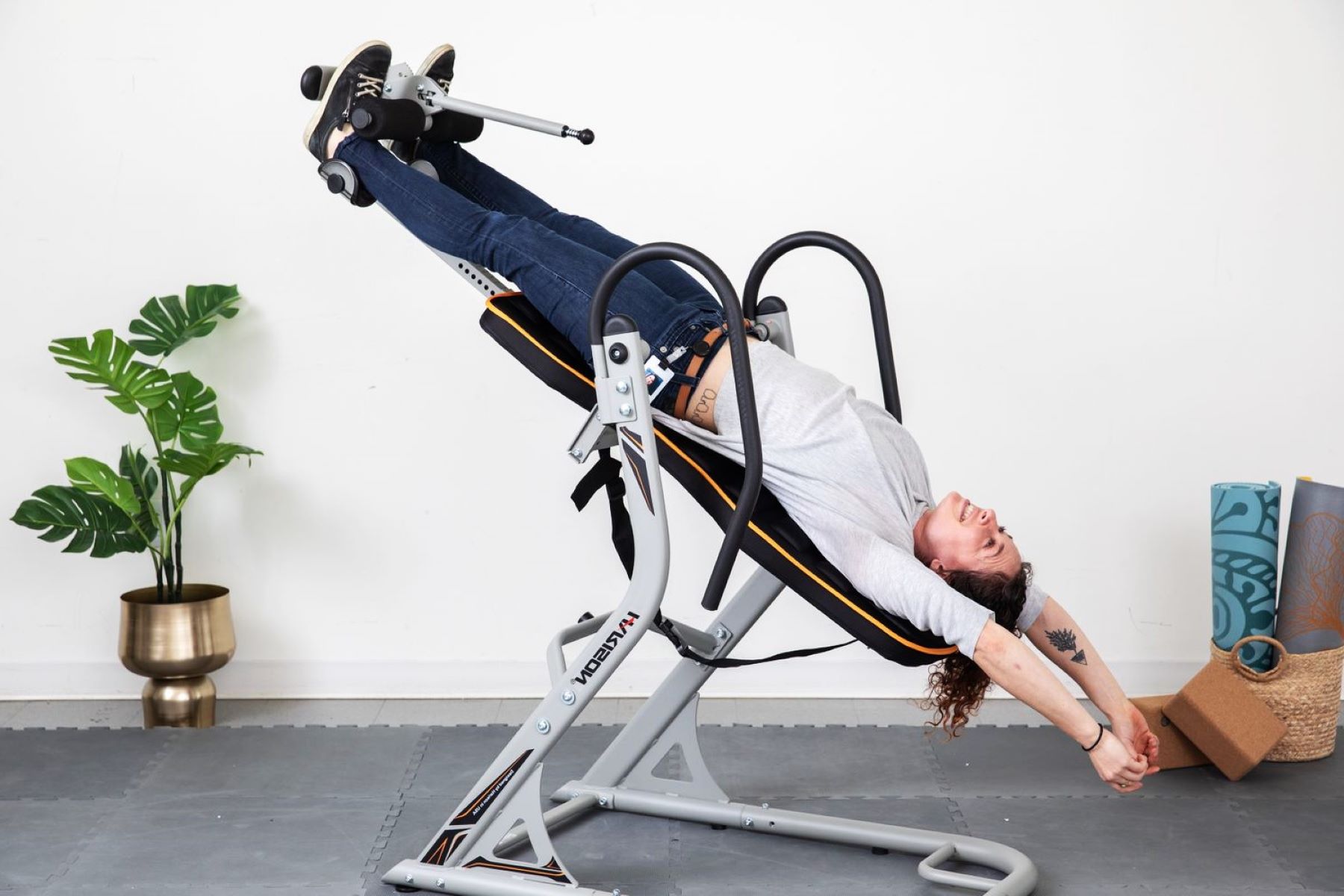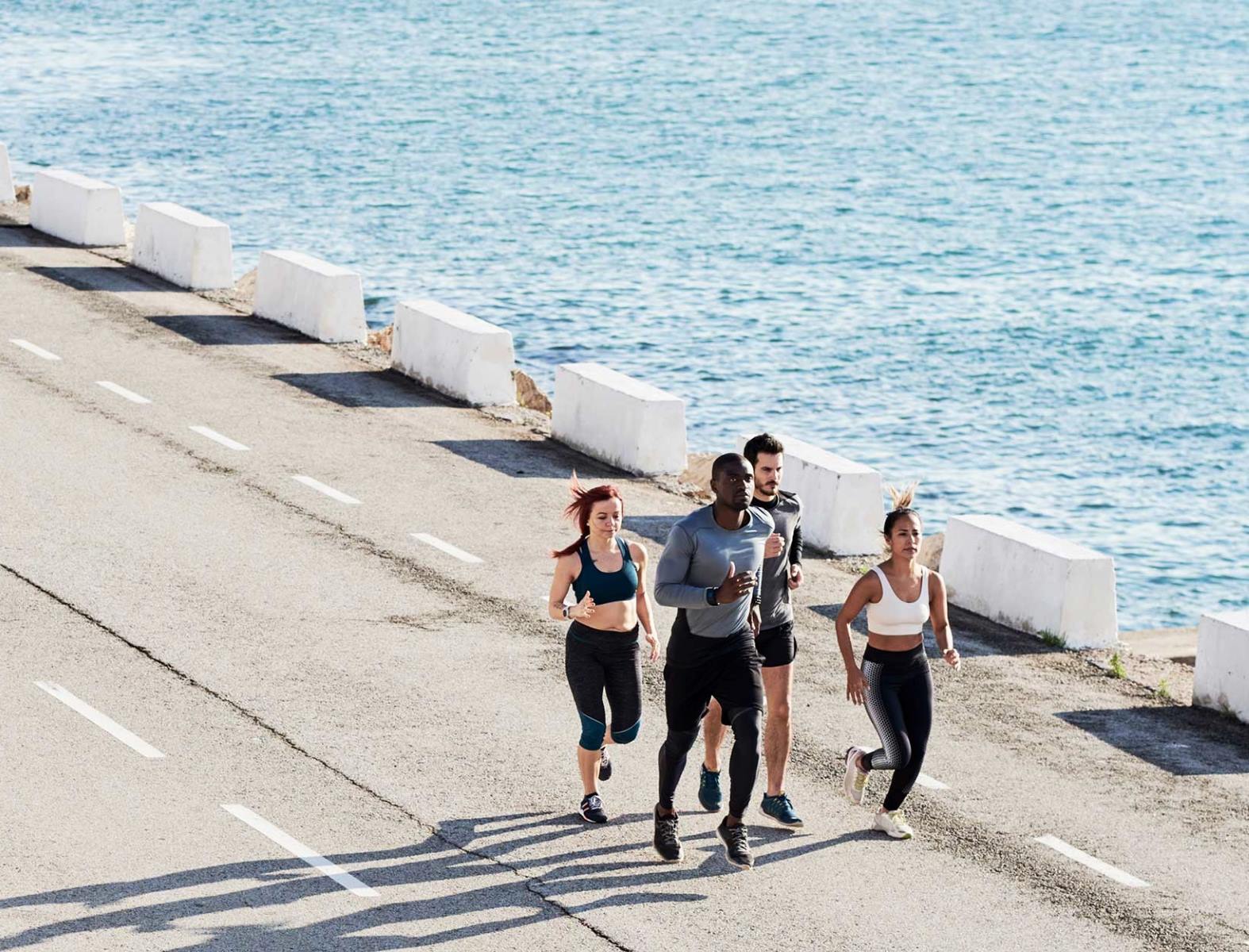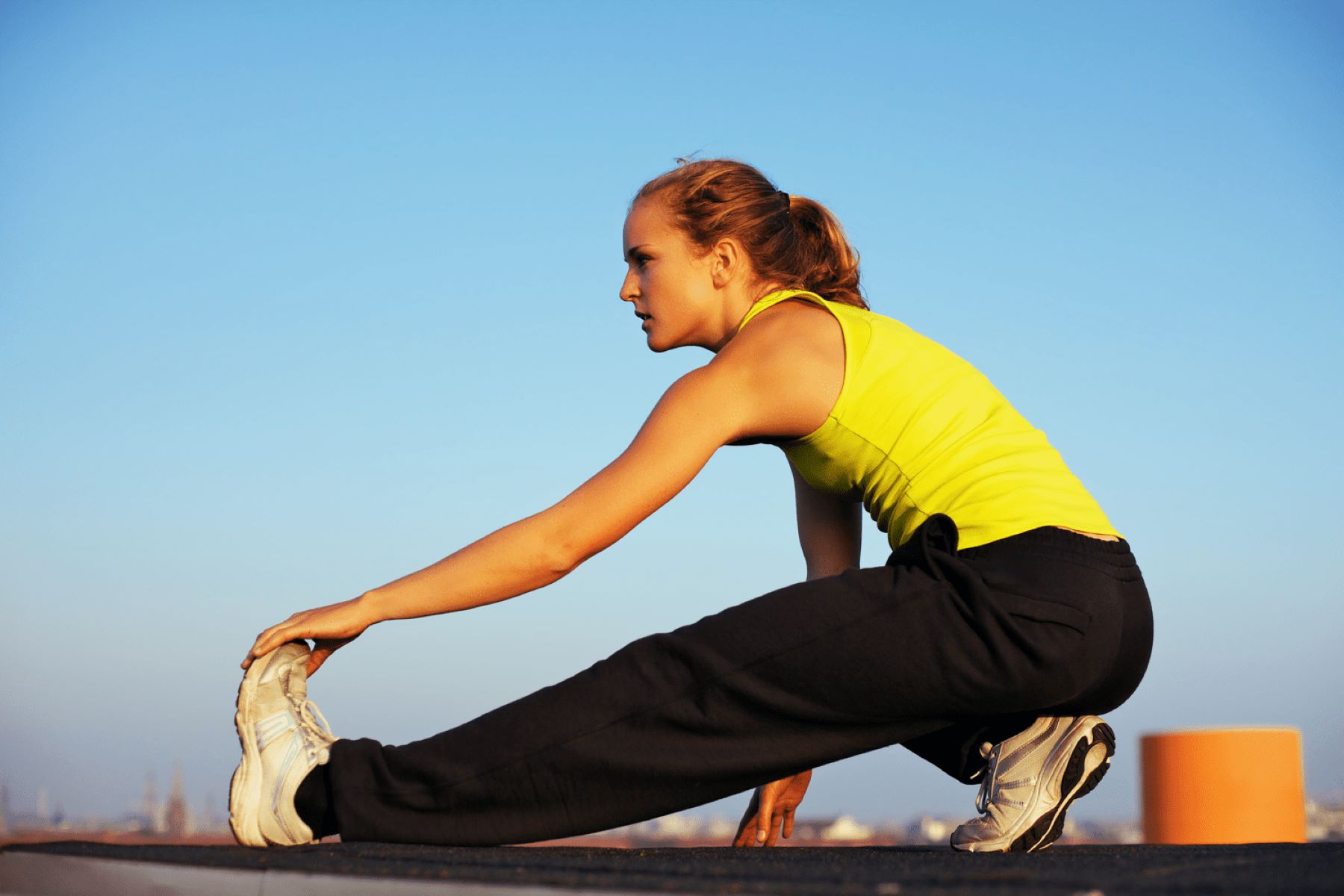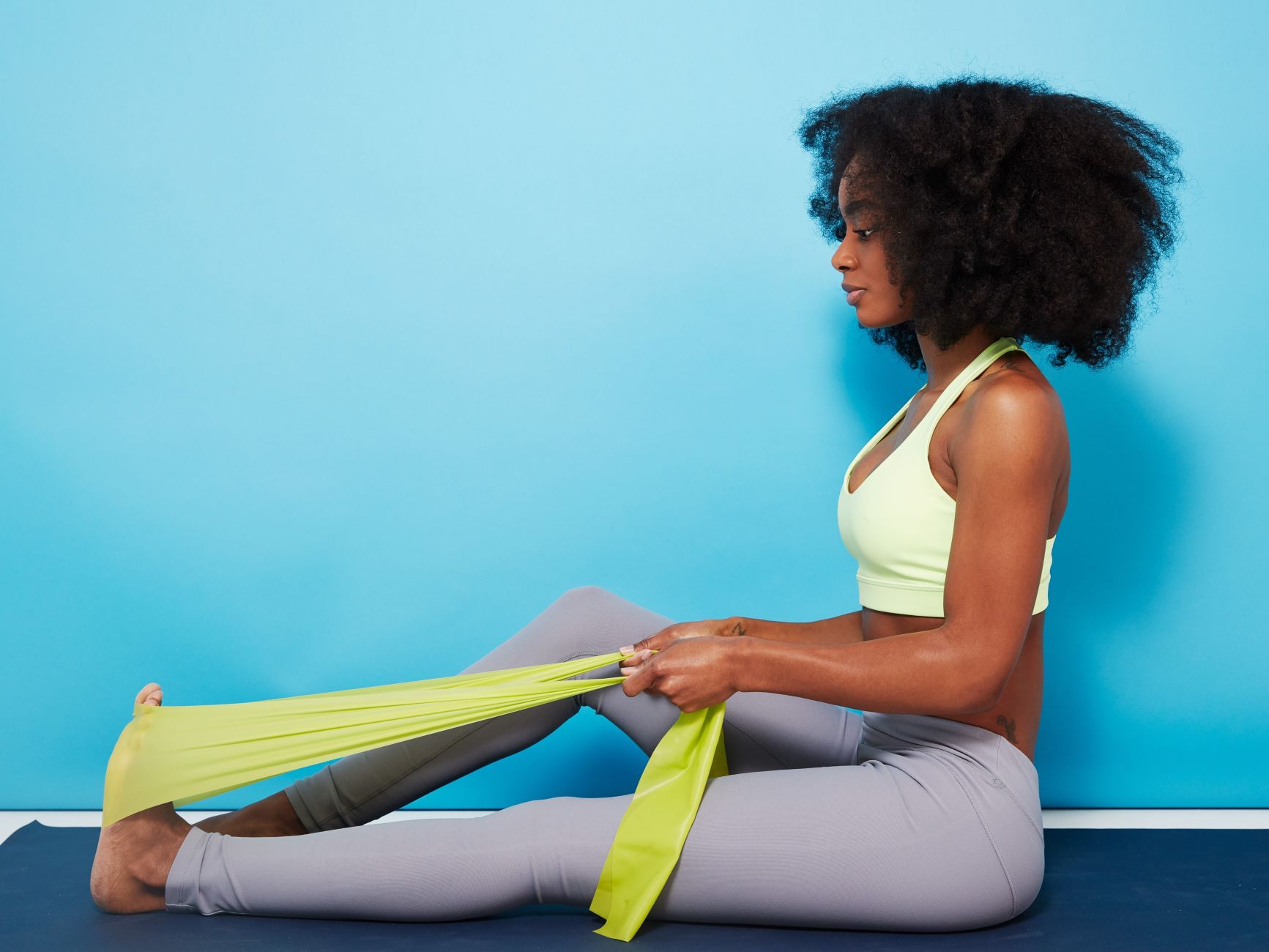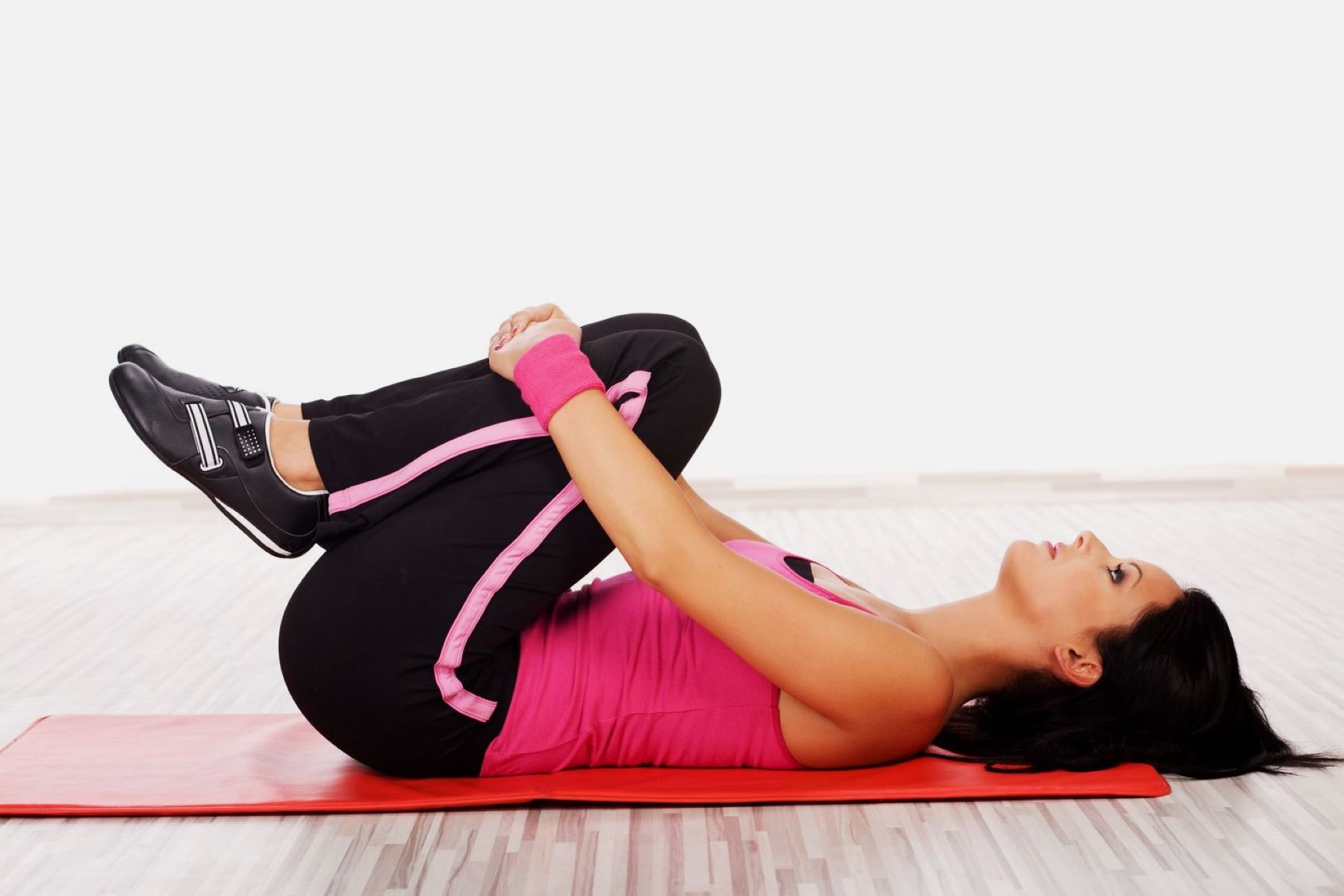Home>Health & Nutrition>Recovery>Top 3 Quad Stretches To Incorporate Into Your Post-Run Routine
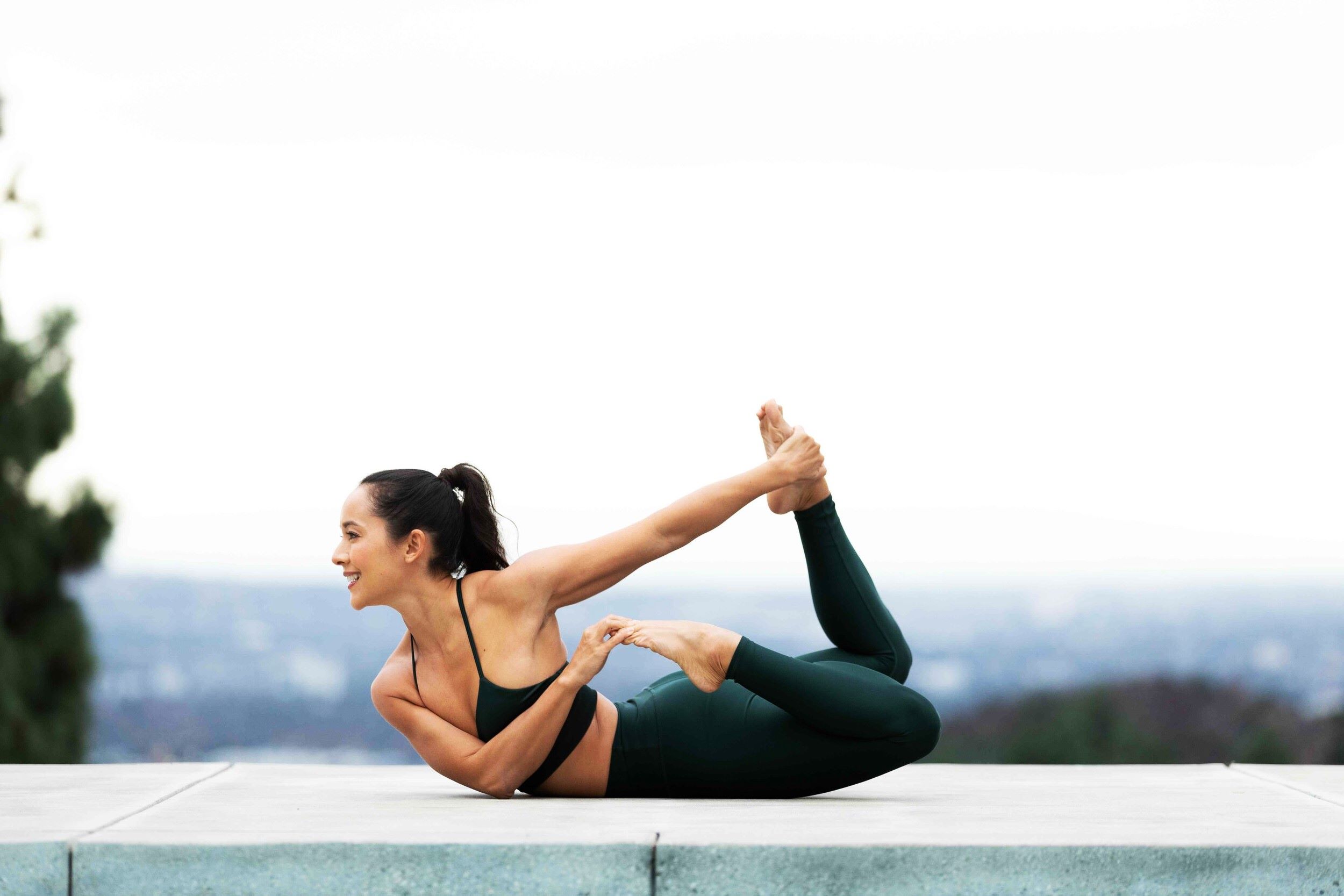

Recovery
Top 3 Quad Stretches To Incorporate Into Your Post-Run Routine
Published: February 28, 2024
Incorporate these top 3 quad stretches into your post-run routine for effective recovery. Stretching is crucial for muscle recovery and injury prevention.
(Many of the links in this article redirect to a specific reviewed product. Your purchase of these products through affiliate links helps to generate commission for Therunningadvisor.com, at no extra cost. Learn more)
Table of Contents
Importance of Stretching After Running
After completing a vigorous run, it's tempting to head straight for the shower or a well-deserved snack. However, taking a few minutes to stretch can significantly impact your post-run recovery and overall performance. Stretching after running is crucial for several reasons:
-
Muscle Recovery: Running places a substantial demand on the muscles, causing them to contract and lengthen repeatedly. This can lead to muscle tightness and potential soreness. Engaging in post-run stretching helps to alleviate this tightness, promoting muscle recovery and reducing the risk of injury.
-
Flexibility Enhancement: Regular stretching after running can contribute to improved flexibility. By elongating the muscles and tendons, stretching helps maintain and enhance flexibility, which is essential for optimal running performance and overall joint health.
-
Injury Prevention: Tight muscles are more prone to injury. By incorporating post-run stretching into your routine, you can reduce the risk of strains, sprains, and other running-related injuries. This is particularly important for the quadriceps, as they play a significant role in the running stride and can become tight and overworked during a run.
-
Improved Circulation: Stretching after running promotes blood flow to the muscles, aiding in the removal of metabolic waste products and enhancing the delivery of oxygen and nutrients to the muscle tissues. This can expedite the recovery process and help alleviate post-run fatigue.
-
Mental Relaxation: Running can be physically and mentally demanding. Post-run stretching provides an opportunity to unwind, relax, and reflect on the run. It can serve as a calming transition from the intensity of the workout to the subsequent recovery phase.
Incorporating stretching into your post-run routine is a small investment that can yield significant benefits. By taking the time to stretch after running, you can enhance your recovery, reduce the risk of injury, and promote overall well-being, ultimately contributing to improved performance in future runs.
Standing Quad Stretch
The standing quad stretch is a simple yet effective way to target the quadriceps, a group of muscles located at the front of the thigh. This stretch not only helps alleviate tightness in the quadriceps but also contributes to improved flexibility and range of motion in the hip flexors. Here's how to perform the standing quad stretch:
-
Proper Form: Begin by standing tall with your feet hip-width apart. Engage your core for stability and maintain an upright posture throughout the stretch.
-
Balancing Support: If needed, use a wall or sturdy object for support. This can help maintain balance and stability, especially if you're new to this stretch or have concerns about balance.
-
Leg Positioning: Shift your weight onto your left leg and bend your right knee, bringing your heel toward your glutes. Use your right hand to grasp the top of your right foot or ankle.
-
Alignment: Ensure that your standing knee remains aligned with your hip and avoid letting it drift forward or backward. This helps to isolate the stretch in the quadriceps and prevents unnecessary strain on the knee joint.
-
Gentle Pull: Gently pull your right foot closer to your glutes, feeling a comfortable stretch along the front of the thigh. Be mindful not to overexert or force the stretch, as this can lead to discomfort or potential injury.
-
Hold and Breathe: Hold the stretch for 20-30 seconds while maintaining steady breathing. Focus on relaxing into the stretch and allowing the tension in the quadriceps to gradually release.
-
Switch Sides: Release the stretch and switch to the opposite leg, following the same steps to ensure both quadriceps receive equal attention and care.
The standing quad stretch can be seamlessly incorporated into your post-run routine, providing a targeted release for the quadriceps after the demands of running. By regularly practicing this stretch, you can help prevent muscle tightness and imbalances, ultimately contributing to improved running performance and reduced risk of injury.
In addition to its physical benefits, the standing quad stretch offers a moment of mindfulness and body awareness. As you engage in this stretch, take the opportunity to tune into your body, acknowledging any areas of tightness or discomfort. This heightened awareness can guide your post-run recovery, enabling you to address specific areas of tension and promote overall muscle balance and well-being.
Incorporating the standing quad stretch into your post-run routine demonstrates a proactive approach to caring for your muscles and enhancing your running experience. By dedicating a few minutes to this stretch, you can nurture your quadriceps, promote flexibility, and set the stage for a more comfortable and effective recovery after each run.
Kneeling Quad Stretch
The kneeling quad stretch is a valuable addition to any post-run stretching routine, specifically targeting the quadriceps muscles. This stretch provides a deep release for the front of the thigh, addressing the tightness and tension that can accumulate during a run. Here's a detailed guide on how to perform the kneeling quad stretch effectively:
-
Starting Position: Begin by kneeling on a comfortable surface, such as a yoga mat or padded floor. Ensure that your knees are aligned with your hips and your spine is in a neutral position. This foundational posture sets the stage for a safe and effective stretch.
-
Leg Positioning: Shift your weight onto your right foot and carefully bring your left foot up toward your glutes. Use your left hand to grasp the top of your left foot or ankle, gently guiding it closer to your body. It's essential to approach this movement with mindfulness and attentiveness to your body's signals.
-
Maintaining Balance: If needed, place your right hand on the floor for support and balance. This can help stabilize your body and prevent any unnecessary strain on the knees or lower back. Finding a comfortable and sustainable balance allows you to focus on the stretch itself.
-
Engaging the Quadriceps: As you draw your foot in closer, you'll begin to feel a deep stretch in the quadriceps of your left leg. This targeted sensation indicates that the stretch is effectively addressing the front thigh muscles, promoting relaxation and release.
-
Breathing and Relaxation: Emphasize steady and controlled breathing as you hold the stretch for 20-30 seconds. Deep, intentional breaths can help alleviate any tension or resistance in the muscles, allowing for a more profound and beneficial stretch experience.
-
Switching Sides: Release the stretch and transition to the opposite leg, repeating the same steps to ensure both quadriceps receive equal attention and care. This balanced approach contributes to overall muscle symmetry and flexibility.
The kneeling quad stretch offers a comprehensive release for the quadriceps, promoting flexibility and aiding in the prevention of muscle tightness. By incorporating this stretch into your post-run routine, you can actively contribute to your muscle recovery and overall well-being. Additionally, the kneeling quad stretch provides an opportunity for introspection and body awareness. As you engage in this stretch, take a moment to tune into the sensations in your body, acknowledging any areas of tightness or discomfort. This heightened awareness can guide your post-run recovery, enabling you to address specific areas of tension and promote overall muscle balance and well-being.
Incorporating the kneeling quad stretch into your post-run routine demonstrates a proactive approach to caring for your muscles and enhancing your running experience. By dedicating a few minutes to this stretch, you can nurture your quadriceps, promote flexibility, and set the stage for a more comfortable and effective recovery after each run.
Lying Quad Stretch
The lying quad stretch is a fundamental and effective technique for targeting the quadriceps, offering a deep release for the front of the thighs. This stretch is particularly beneficial for runners, as it addresses the tightness and tension that can accumulate in the quadriceps during a run. Incorporating the lying quad stretch into your post-run routine can contribute to improved muscle recovery, enhanced flexibility, and reduced risk of injury.
To perform the lying quad stretch:
-
Starting Position: Begin by lying on your right side on a comfortable surface, such as a yoga mat or padded floor. Ensure that your body is aligned, with your head, torso, and legs in a straight line. This foundational posture sets the stage for a safe and effective stretch.
-
Leg Positioning: Bend your left knee and bring your left foot toward your glutes. Use your left hand to grasp the top of your left foot or ankle, gently guiding it closer to your body. It's essential to approach this movement with mindfulness and attentiveness to your body's signals.
-
Maintaining Balance: If needed, use your right hand to support your body and maintain balance. This can help stabilize your position and prevent any unnecessary strain on the lower back. Finding a comfortable and sustainable balance allows you to focus on the stretch itself.
-
Engaging the Quadriceps: As you draw your foot in closer, you'll begin to feel a deep stretch in the quadriceps of your left leg. This targeted sensation indicates that the stretch is effectively addressing the front thigh muscles, promoting relaxation and release.
-
Breathing and Relaxation: Emphasize steady and controlled breathing as you hold the stretch for 20-30 seconds. Deep, intentional breaths can help alleviate any tension or resistance in the muscles, allowing for a more profound and beneficial stretch experience.
-
Switching Sides: Release the stretch and transition to the opposite side, repeating the same steps to ensure both quadriceps receive equal attention and care. This balanced approach contributes to overall muscle symmetry and flexibility.
The lying quad stretch offers a comprehensive release for the quadriceps, promoting flexibility and aiding in the prevention of muscle tightness. By incorporating this stretch into your post-run routine, you can actively contribute to your muscle recovery and overall well-being. Additionally, the lying quad stretch provides an opportunity for introspection and body awareness. As you engage in this stretch, take a moment to tune into the sensations in your body, acknowledging any areas of tightness or discomfort. This heightened awareness can guide your post-run recovery, enabling you to address specific areas of tension and promote overall muscle balance and well-being.
Incorporating the lying quad stretch into your post-run routine demonstrates a proactive approach to caring for your muscles and enhancing your running experience. By dedicating a few minutes to this stretch, you can nurture your quadriceps, promote flexibility, and set the stage for a more comfortable and effective recovery after each run.

